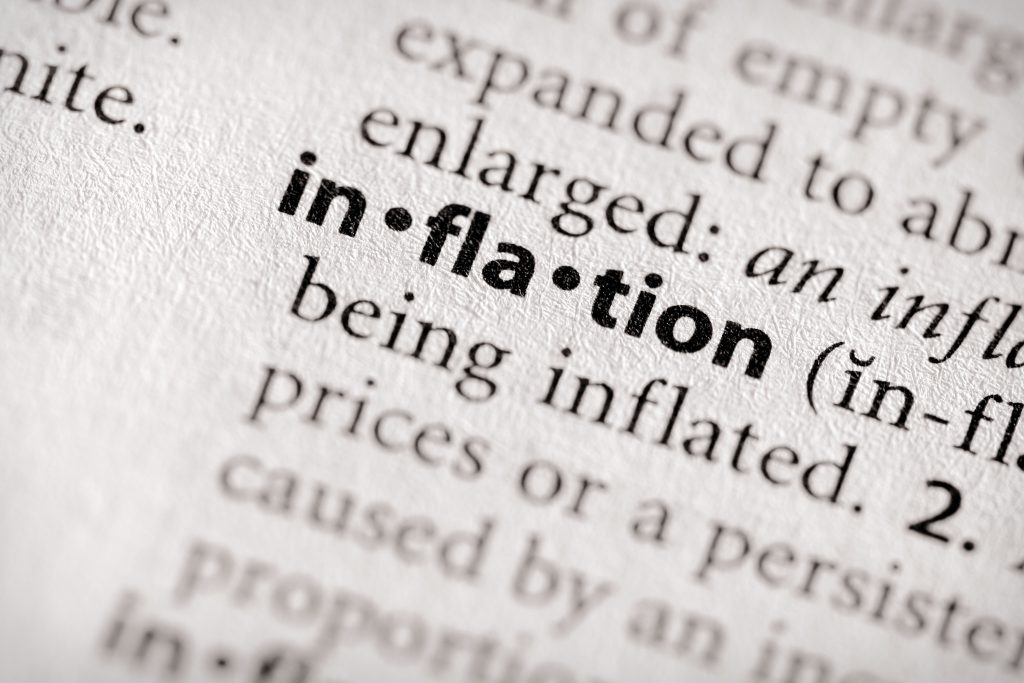In case you have not set plans in motion I want to let you know that tomorrow is National Hug a Plumber Day. You may want to contact one today and set up an appointment. Don’t be surprised if they are a couple hours late.
Last week mortgage rates lost a little bit of ground but overall the current level of interest rates is better than they’ve been since the election last November.
Speaking of elections, over the weekend France conducted the first round of their presidential vote. Centrist Emmanuel Macron and far right candidate Marine Le Pen appear to be headed for a run-off which will take place on May 7th. It is expected that Macron will defeat Le Pen but let us not forget it was also expected that Secretary Clinton would defeat President Trump. Global stock markets are reacting favorably to France’s election results which is putting pressure on US interest rates.
The yield on the US 10-year treasury note, which mortgage rates tend to follow, hit a multi-month low at 2.20% last week. However, this morning the yield is back up to 2.27% and trending higher. Not surprising, mortgage rates are also priced slightly worse to start this week. From a technical perspective it appears that yields will likely move higher this week (I am guessing to ~2.40%).

The economic calendar is rich with housing data this week. On Tuesday we’ll get the S&P Case Shiller home price index report and the FHFA house price index. With housing supply tight across the country it is expected that these releases will show continued appreciation rates that exceed historical averages. On Thursday we’ll get Pending Home Sales from the National Association of Realtors.
Since momentum is working against us I am going to recommend a locking bias for the first part of this week.
Current Outlook: locking bias

